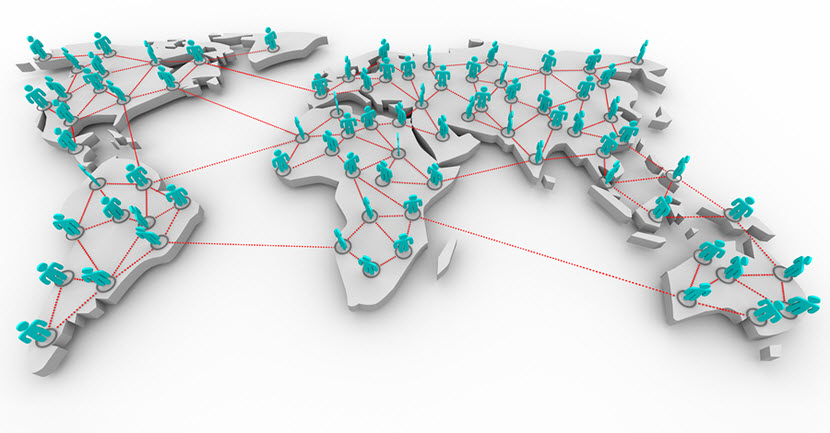Indian IPv6 deployment
I had calls with a couple of friends over this week and somehow discussion IPv6 deployment came up. “How much has been IPv6 deployment in India now in 2020” is a very interesting question. It’s often added with - “how much of my traffic will flow over IPv6 once it is enabled”?
Game of numbers
There is a drastic difference in IPv6 deployment depending on which statistic we are looking at here in India. There can be a bunch of factors based on which we can try to judge IPv6 deployment:

 One of frequent email and
One of frequent email and